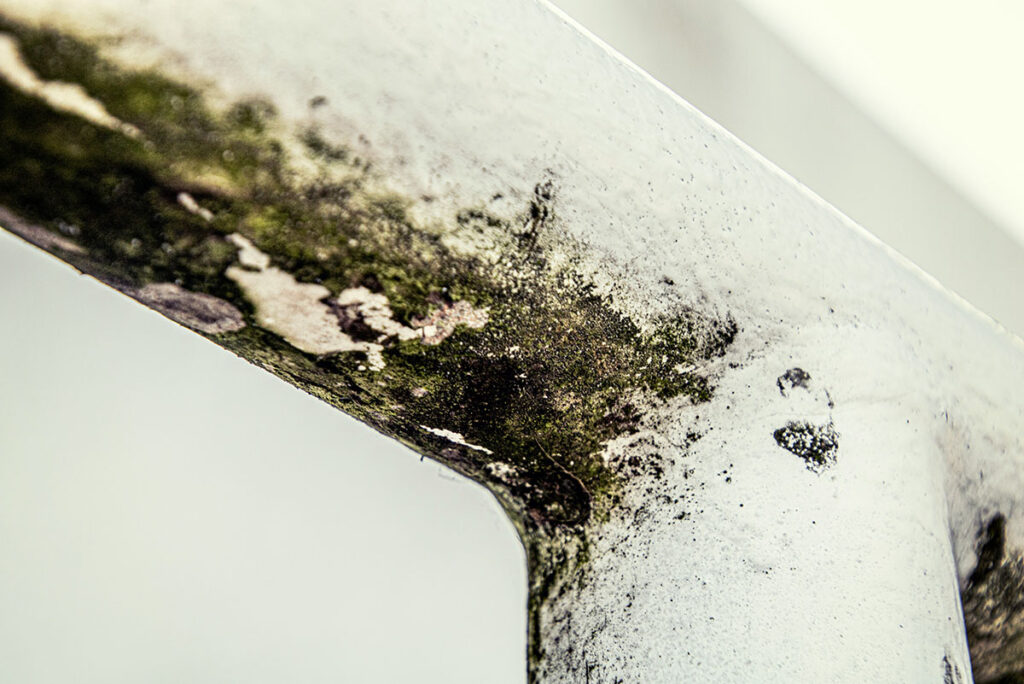ISO 16000-19 Detection of Allergens in Indoor Air
The ISO 16000-19 standard provides a robust framework for detecting allergens in indoor air, which is crucial for ensuring the health and well-being of individuals exposed to potentially harmful substances. This service ensures that air quality meets stringent international standards, thereby providing peace of mind to clients and stakeholders.
Allergens can cause significant discomfort or severe reactions among susceptible individuals, making it essential to monitor their presence in indoor environments like offices, schools, hospitals, and homes. The ISO 16000-19 methodology focuses on identifying common allergenic proteins that are present in airborne particles. This service is particularly relevant for quality managers, compliance officers, R&D engineers, and procurement teams who need accurate data to make informed decisions about air quality.
The process begins with the collection of air samples using specialized equipment designed to capture airborne particles effectively. The collected samples are then analyzed using advanced laboratory techniques that can detect even trace amounts of allergens. This level of precision is critical for ensuring compliance with international standards and for safeguarding public health.
The methodology outlined in ISO 16000-19 includes several key steps, such as sample collection, preservation, transportation to the laboratory, preparation for analysis, and finally, the actual detection process. Each step requires strict adherence to protocols to ensure accurate results. The service provider uses state-of-the-art instruments and methodologies to perform these analyses, ensuring that clients receive reliable data.
The service covers a wide range of allergens, including mold spores, pollen grains, animal dander, and dust mite proteins. These allergens are some of the most common culprits responsible for triggering allergic reactions such as asthma, hay fever, and eczema. By detecting these allergens early and accurately, this service helps prevent health issues that can arise from prolonged exposure to contaminated air.
The results generated by this testing process provide valuable insights into indoor air quality, helping clients identify areas where improvements are needed. This information is invaluable for developing strategies to mitigate allergen levels and improve overall air quality in indoor spaces. The data obtained through this service can also be used to support compliance with relevant regulations and industry best practices.
| Step | Description |
|---|---|
| Sample Collection | Using specialized equipment to capture airborne particles for analysis. |
| Preservation | Maintaining sample integrity until transportation to the laboratory. |
| Laboratory Preparation | Precise handling of samples for optimal analysis. |
| Analysis | Detection and quantification of allergens using advanced techniques. |
The service ensures that clients receive comprehensive reports detailing the presence, concentration, and types of allergens detected. These reports are essential for making informed decisions about air quality improvements. By leveraging this information, clients can implement effective measures to reduce allergen levels and enhance indoor comfort.
Moreover, this service plays a vital role in supporting compliance with international standards such as ISO 16000-19. Compliance is increasingly important due to growing awareness of the health impacts associated with poor air quality. Adhering to these standards not only protects public health but also enhances the reputation and trustworthiness of organizations providing indoor spaces.
Scope and Methodology
The ISO 16000-19 standard defines a comprehensive approach for detecting allergens in indoor air. The methodology involves several critical steps, including sample collection, preservation, transportation to the laboratory, preparation for analysis, and finally, the actual detection process.
| Step | Description |
|---|---|
| Sample Collection | This step involves using specialized equipment to capture airborne particles for analysis. |
| Preservation | Maintaining sample integrity until transportation to the laboratory. |
| Laboratory Preparation | Precise handling of samples for optimal analysis. |
| Analysis | Detection and quantification of allergens using advanced techniques. |
The methodology ensures that all steps are conducted in strict adherence to international standards, ensuring accuracy and reliability. This approach is particularly important for detecting trace amounts of allergens, which can be challenging but necessary for maintaining high air quality standards.
Benefits
- Accurate detection of common allergens in indoor air.
- Supports compliance with international standards like ISO 16000-19.
- Precise quantification of detected allergens for informed decision-making.
- Enhances the health and well-being of individuals exposed to contaminated air.
- Identifies areas requiring improvements in indoor air quality.
- Helps mitigate health risks associated with prolonged exposure to allergens.
- Supports regulatory compliance and industry best practices.





